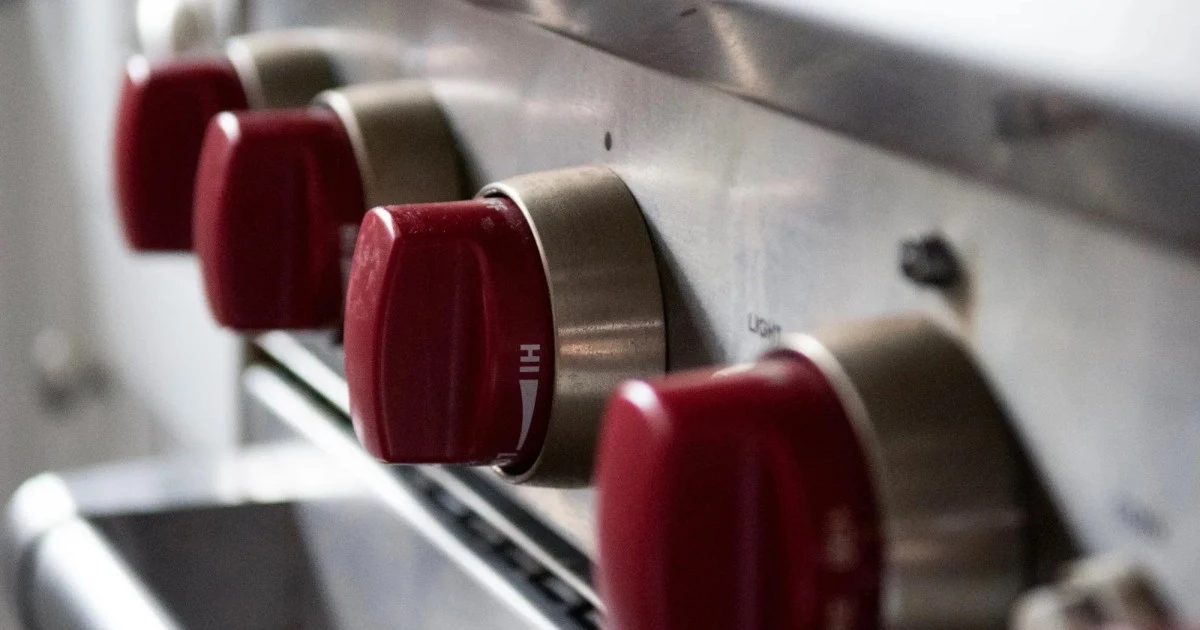Highlights: A study this summer found that using a single gas stove burner on high can raise levels of cancer-causing benzene above what’s been observed from secondhand smoke.
A new investigation by NPR and the Climate Investigations Center found that the gas industry tried to downplay the health risks of gas stoves for decades, turning to many of the same public-relations tactics the tobacco industry used to cover up the risks of smoking. Gas utilities even hired some of the same PR firms and scientists that Big Tobacco did.
Earlier this year, an investigation from DeSmog showed that the industry understood the hazards of gas appliances as far back as the 1970s and concealed what they knew from the public.
It’s a strategy that goes back as far back as 1972, according to the most recent investigation. That year, the gas industry got advice from Richard Darrow, who helped manufacture controversy around the health effects of smoking as the lead for tobacco accounts at the public relations firm Hill + Knowlton. At an American Gas Association conference, Darrow told utilities they needed to respond to claims that gas appliances were polluting homes and shape the narrative around the issue before critics got the chance. Scientists were starting to discover that exposure to nitrogen dioxide—a pollutant emitted by gas stoves—was linked to respiratory illnesses. So Darrow advised utilities to “mount the massive, consistent, long-range public relations programs necessary to cope with the problems.”
These studies didn’t just confuse the public, but also the federal government. When the Environmental Protection Agency assessed the health effects of nitrogen dioxide pollution in 1982, its review included five studies finding no evidence of problems—four of which were funded by the gas industry, the Climate Investigations Center recently uncovered.
Karen Harbert, the American Gas Association’s CEO, acknowledged that the gas industry has “collaborated” with researchers to “inform and educate regulators about the safety of gas cooking appliances.” Harbert claimed that the available science “does not provide sufficient or consistent evidence demonstrating chronic health hazards from natural gas ranges”—a line that should sound familiar by now.



I actually prefer the coils. The glass-top ones are never as easy to clean as they claim, and the glass between the burner and the pot reduces heat transfer and causes them to heat up even slower. With the coil-type the pot is resting on the heater, which means maximum heat transfer via conduction.
Another problem is that the cooktop stays very hot after you take it off the heat. With gas and induction the heat stops instantly, but I’ve burned a lot of food because I misjudged how long it takes for a resistive burner to cool down. And the glass tops are again worse because they have a lot more thermal mass than a coil.
Induction solves all of these problems, though. Heat is controllable and instant, and the cooktop cools down very quickly.
The glass in-between makes them heat up much faster, it is the whole point actually. It is IR transparent, so only the heating element itself has to heat up to get things started. Then only a bit of insulation (next to no mass) has to heat up to get things to nearly 100 %.
I have also never heard or seen this glass being harder to clean than any other type of stove, which are a pain to clean in comparison.
The glass is definitely more of a pain to clean. It’s easy enough to get stuff off, but visually you can see any streaks or missed corners much more than an enamel stovetop.